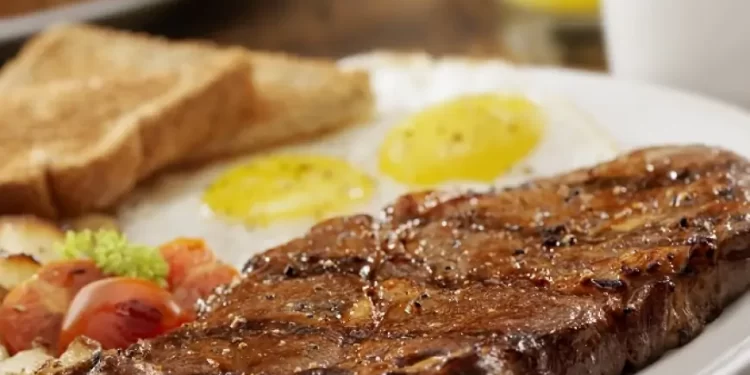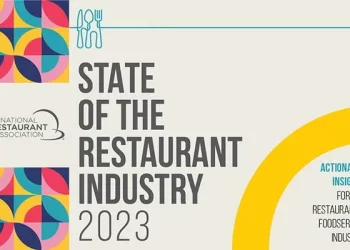
The restaurant trade is dealing with a number of challenges proper now, particularly the place meals worth fluctuations are involved.
As world tariffs loom, restaurateurs should keep versatile about potential ingredient price will increase and menu adjustments if, and when, crucial, says Invoice Lapp, president of Omaha, Neb.-based Superior Financial Options.
The commodities analyst additional notes that the pricing and absence of eggs and beef, due to Avian Flu and financial dynamics, are additionally of concern, as is the skyrocketing price of espresso, as a result of a provide scarcity ensuing from drought circumstances in South and Central America.
Espresso costs, demand nonetheless sturdy
Lapp notes that climate circumstances in Brazil might dominate the way forward for espresso bean provides. Different nations, like Vietnam and Colombia, add to the general complete of the U.S. provide, however the problem of the drought will proceed as a result of product demand stays excessive. Over the past two years, the value per pound jumped from $1.50 to $4, almost triple the value. To counter the discount in provide, shoppers and restaurant operators may have a look at switching from Arabica to Robusta beans, that are cheaper, he says.
“For operators, it may very well be a reasonably tough proposition to make a change like that,” he says. “Prospects may not see or notice the swap instantly, however ultimately they’ll and that might impression market share and/or model enchantment in the long term.”
Egg costs proceed to soar
Egg costs will stay unstable within the brief time period, in response to Lapp, due to the discount of egg-laying birds within the provide chain. To this point, a complete of 120 million birds, or 6%, have been culled from flocks. Then again, the provision of broiler chickens stays plentiful and pricing, whereas larger than final yr at $3.30/lb., has not reached excessive ranges, he provides.
Lapp says eating places specializing in breakfast gadgets are doubtless being hit hardest by provide shortages and worth will increase.
“If one phase of the trade is struggling extra at current, it’s breakfast-centric operations,” he says. “Whenever you have a look at commodity costs, it seems that these eating places—due to espresso and eggs—are maybe essentially the most challenged.”
The place’s the meat?
Beef costs will even proceed to rise over the following couple of years due to smaller herds and decrease manufacturing. The stock of U.S. cattle in the beginning of 2025—the smallest herd since 1951—declined for the sixth consecutive yr. In consequence, beef trimmings, used within the manufacturing of hamburger, is $3.80/lb., a rise of about 30%.
As well as, costs on produce, equivalent to avocados, tomatoes, and different vegatables and fruits, will stay risky or improve, particularly if the proposed tariffs on items from Canada and Mexico are enacted in April.
On the brighter facet, costs of milk, butter ($2.30/lb.), and block cheese ($1.63/lb.), are decrease and may keep secure. Fuel additionally prices lower than it did final month, which might increase client journey and spending.
Lock in contracts
“Make the most of alternatives to determine long-term contracts to restrict worth will increase and scale back the danger of shortages,” Lapp says. “Ensure that to have good relationships with suppliers to make sure you lock in contracts that preserve provide at established costs. On the similar time, keep open to re-engineering menus in case you encounter shortages or worth hikes. It’s important to be as versatile as potential.”
Supply: National Restaurant Association







